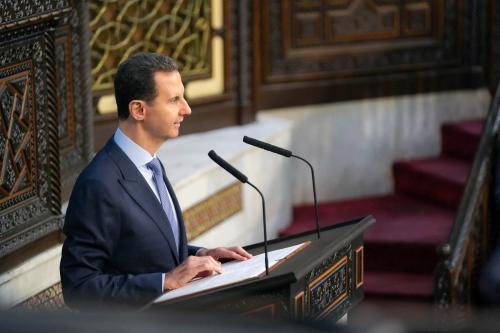In March 2003, when it became clear that Baghdad was about to fall, Israeli Air Force Commander Major General Dan Halutz circulated a reconstruction proposal to the Israeli general staff suggesting that in light of the collapse of the Iraqi Army, Israel no longer faced a conventional threat from the east and should therefore trim down its armored forces and invest in military solutions to combat the more pressing threats of terrorism and weapons of mass destruction.1 The lessons of modern warfare, he claimed, required a smaller, professional Israeli military with ground forces that were lighter and more mobile than the current force structure. Modern warfare also required increased use of special forces to deal with the day-today security challenges of Israel’s war on terrorism. Such reform would also be necessary because Israel’s defense budget constraints had become more pressing than ever. Indeed, the Israel Defense Forces (IDF) have already embarked upon one of the most comprehensive reforms in its history, with up to 20 percent of Israel’s ground forces slated to be cut over the next five years. As part of the plan, old platforms are to be replaced with new technologies and more than 1,000 M-60 tanks will be taken out of service.2 This will make the IDF leaner and more efficient but no less prepared to confront the threats emanating from the new Middle East, whatever they might be.
However, implementing major changes in force structure without addressing the fundamental question of what national security doctrine this force will serve defies the logic of defense planning. Before undergoing far reaching structural changes, Israel’s defense establishment requires clear guidance from its political- military leadership regarding what they would consider to be secure borders for Israel under a permanent status agreement with the Palestinians, as well as the new “red lines” for Israel’s security in the post- Saddam era. With the new borders and red lines in mind, the IDF could then devise the most appropriate doctrine to defend the country. And only then could the IDF update its force structure to optimize its capabilities and prepare it effectively for the challenges of the twenty-first century.
Though mostly based on enduring strategic and geopolitical assumptions, Israel’s national security doctrine has been sensitive to the changing strategic landscape of the Middle East. Formative events like the Arab-Israeli wars, the signing of the peace treaties with Egypt and Jordan, the two Palestinian uprisings, and the 1991 Gulf War all triggered psychological, operational, technological, and structural changes in Israel’s defense establishment and had significant influence on its foreign and defense policy, its allocation of national resources, its relations with its neighbors, and its willingness to make concessions for peace. 3


